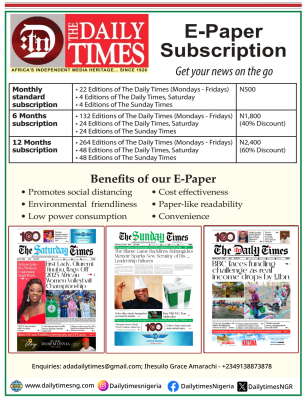World Bank cuts Africa’s growth for 2016 to 1.7%

The World Bank on Thursday projected that Africa’s economy will further fall to 1.7 per cent in 2016 after slowing to 3 percent in 2015, the lowest level in over two decades.
In its bi-yearly ‘African Pulse’ report, the World Bank pointed out that the sharp decline in aggregate growth reflects the challenging economic conditions in the region’s largest economies and commodity exporters namely Angola, Nigeria, and South Africa, who continue to face headwinds from lower commodity prices, tighter financing conditions, and droughts.
However, it also noted there was economic growth in over a quarter of countries that have shown signs of resilience, adding that “indeed, the pattern of growth across countries is far from homogeneous, suggesting that Sub Saharan Africa is growing at divergent speeds.
“While many countries are registering a sharp slippage in economic growth, some countries—Ethiopia, Mali, Mozambique, Rwanda, and Tanzania—have continued to post annual average growth rates of over 6 percent, exceeding the top tercile of the regional distribution; and several other countries—including Côte d’Ivoire—have moved into the top tercile of performers. The “established” and “improved” performers tend to have stronger quality of monetary and fiscal policies, better business regulatory environment, more diverse structure of exports, and more effective public institutions, the report added.
The report said commodity prices are expected to remain largely below their 2011–14 peak, despite a recent pickup, reflecting a weak global recovery.
The Bank urged the continent’s policy makers to bolster medium-term growth prospects through structural reforms, address fiscal vulnerabilities, and build buffers to withstand periods of global finance turbulence and tighter external finance conditions.
“Increasing agricultural productivity is central to transforming Sub-Saharan African economies and promoting sustained and inclusive growth. However, agriculture output growth in the region has largely been a result of expanding the area under cultivation rather than productivity gains: the contribution of area expansion accounted for more than three times as much of the growth in agriculture in the region relative to other developing countries.
“Yet, conditions are in place for boosting the productivity of African agriculture and for sustainable agricultural growth. African regional markets are growing rapidly—driven by population, urbanization, and income growth—providing demand incentives and import substitution potential. On the supply side, the prospects are promising as well, thanks to untapped yield potential and a supportive political environment.
“Unleashing productivity improvements requires public investments in rural public goods. Although investments to strengthen markets, develop and disseminate improved technologies, promote input use, and build an agricultural information base have increased, they remain well under targets and needs. Addressing the quality of public spending and the efficiency of resource use is even more critical than addressing the level of spending.
“Sub-Saharan African countries grossly underfund high-return investments, and rebalancing the composition of public agricultural spending could reap massive payoffs. Most importantly, experience teaches us that investments need to tackle constraints on different fronts. For reforms to be sustainable, they need to be anchored in managing political pressures and use external processes as commitment devices,” the report stated.








